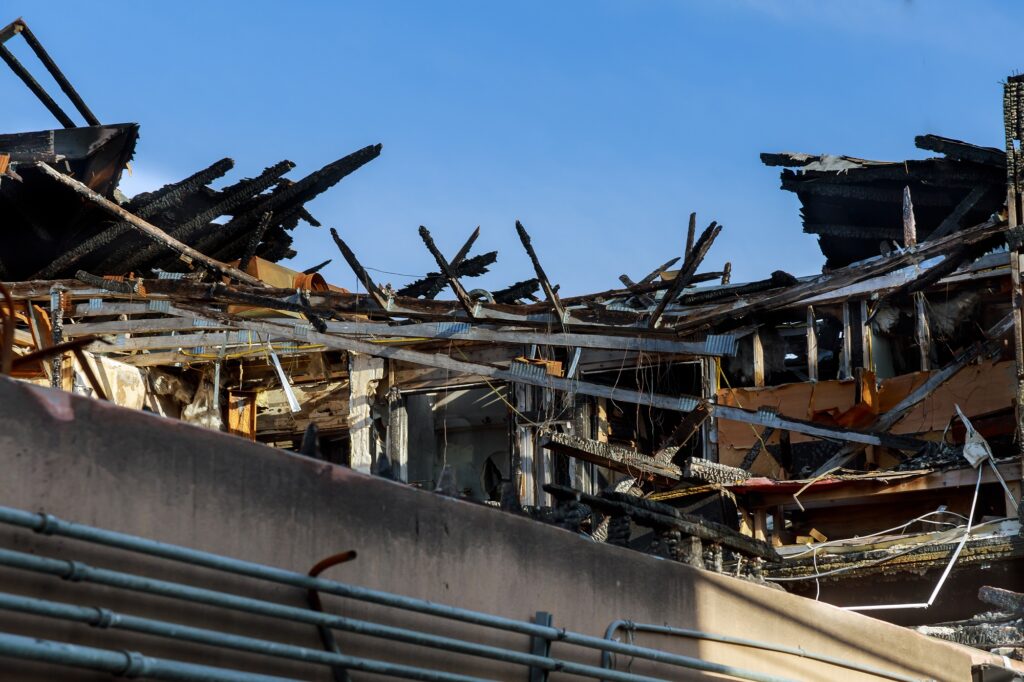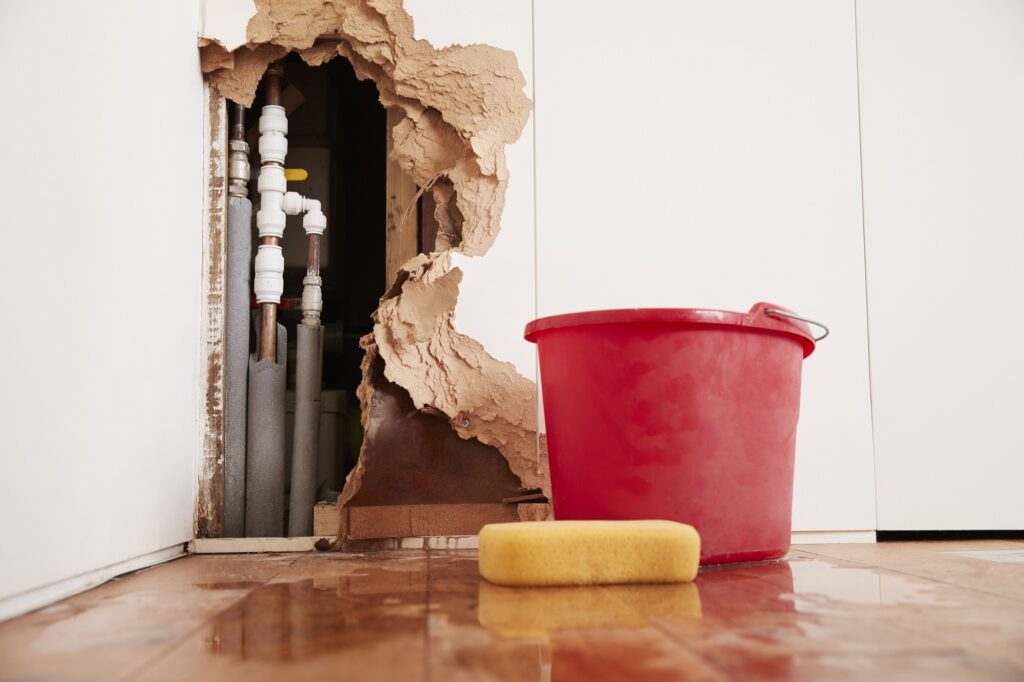Introduction
As a new homeowner, you have a lot to consider when it comes to protecting your investment. One of the most important considerations is home insurance. Home insurance can provide financial protection in the event of unforeseen events like theft, fire, or natural disasters. In this guide, we will cover everything you need to know about home insurance for new homeowners.
Understanding Homeowners Insurance
Home insurance for new homeowners is a type of insurance policy that provides coverage for your home and personal property. There are different types of coverage available, but all policies typically include protection for the structure of your home and your personal belongings. Other coverage options may include liability protection, additional living expenses, and more.
It’s important to understand the different types of coverage available so that you can choose a policy that meets your specific needs. Here’s a brief overview of the different types of coverage you can expect to find in a standard home insurance for new homeowners:
-
- Dwelling coverage: Protects the physical structure of your home, including the roof, walls, and foundation.
-
- Personal property coverage: Protects your personal belongings, such as furniture, clothing, and electronics.
-
- Liability coverage: Protects you in the event that someone is injured on your property and sues you for damages.
-
- Additional living expenses coverage: This coverage can help cover the costs of living elsewhere while your home is being repaired or rebuilt after a covered event.

The First Step to Buying home insurance for new homeowners
Before you purchase a homeowners insurance policy, it’s important to assess your insurance needs. Consider the value of your home and personal belongings, as well as any risks in your area that may require additional coverage. You should also consider your budget and how much you can afford to pay in premiums each month.
When choosing a policy, there are several factors to consider. These may include the level of coverage you need, the deductibles and limits of the policy, and any additional endorsements or riders that may be available. You should also research different insurance providers to find the one that offers the best coverage and rates for your specific needs.
The Four Major Categories of Coverage in Homeowners Insurance
As mentioned earlier, a standard home insurance for new homeowners typically includes four major categories of coverage:
-
- Dwelling coverage: This type of coverage protects the physical structure of your home, including the roof, walls, and foundation. It may also cover any attached structures, such as a garage or deck.
-
- Personal property coverage: This coverage protects your personal belongings, such as furniture, clothing, and electronics. It’s important to note that this coverage may have limits and exclusions, so it’s important to review your policy carefully to ensure you have adequate coverage for your possessions.
-
- Liability coverage: This coverage protects you in the event that someone is injured on your property and sues you for damages. It may also cover damage caused by pets or other hazards on your property.
-
- Additional living expenses coverage: This coverage can help cover the costs of living elsewhere while your home is being repaired or rebuilt after a covered event, such as a fire or natural disaster. This may include expenses like hotel stays, meals, and transportation. The coverage limit for this type of coverage is typically a percentage of your dwelling coverage limit.
Understanding these four major categories of coverage can help you choose a policy that meets your specific needs and provides the right level of protection for your home and personal belongings.
The Most Basic Homeowners Insurance Policy
A basic homeowners insurance policy is the most affordable option for new homeowners. It provides basic coverage for your home and personal belongings, but typically has lower coverage limits and fewer options for additional coverage. Here’s what you can expect from a basic homeowners insurance policy:
-
- Definition of a basic policy: A basic homeowners insurance policy is a type of policy that provides limited coverage for your home and personal belongings. It typically has lower coverage limits and higher deductibles than more comprehensive policies.
-
- Coverage included in a basic policy: A basic policy typically includes coverage for your dwelling, personal property, liability, and some additional living expenses. However, coverage limits for each category may be lower than in more comprehensive policies.
-
- Considerations when choosing a basic policy: While a basic policy may be more affordable, it’s important to consider whether it provides adequate coverage for your specific needs. You may want to consider purchasing additional endorsements or riders to supplement your coverage, depending on your individual circumstances.

The Three Types of Homeowners Insurance
There are three main types of homeowners insurance policies: HO-1, HO-2, and HO-3:
-
- HO-1: Basic form policy – This is the most limited type of homeowners insurance policy. It typically only covers specific named perils, such as fire, lightning, and theft. This type of policy is less common today, as more comprehensive policies are typically recommended.
-
- HO-2: Broad form policy – This type of policy provides more comprehensive coverage than an HO-1 policy. It typically covers a broader range of perils, including damage caused by falling objects, snow, ice, and water damage from plumbing issues. However, this type of policy may still have some limitations and exclusions.
-
- HO-3: Special form policy – This is the most common type of homeowners insurance policy. It provides comprehensive coverage for your home and personal belongings, except for specific exclusions listed in the policy. This type of policy typically provides the most flexibility in terms of coverage options and additional endorsements.
Conclusion
In conclusion, home insurance is an essential component of protecting your investment as a new homeowner. It provides financial protection against unforeseen events like theft, fire, or natural disasters, and can help give you peace of mind knowing that you have a safety net in place.
When purchasing a homeowners insurance policy, it’s important to assess your insurance needs and consider factors like coverage limits, deductibles, and additional endorsements or riders. You should also research different insurance providers to find the one that offers the best coverage and rates for your specific needs.
In summary, we recommend that new homeowners take the time to carefully consider their insurance needs and choose a policy that provides the right level of coverage and protection for their home and personal belongings.











